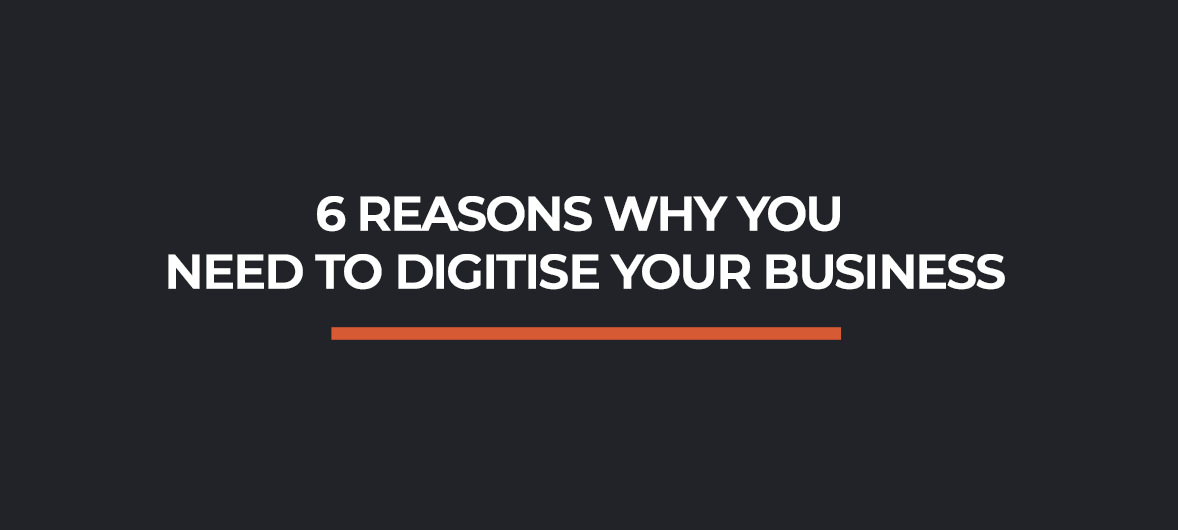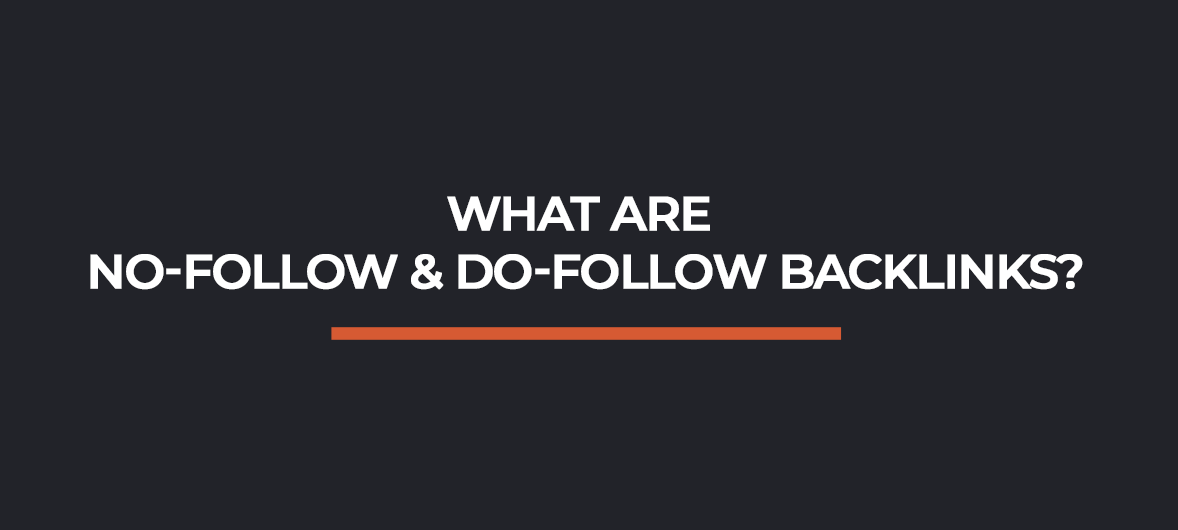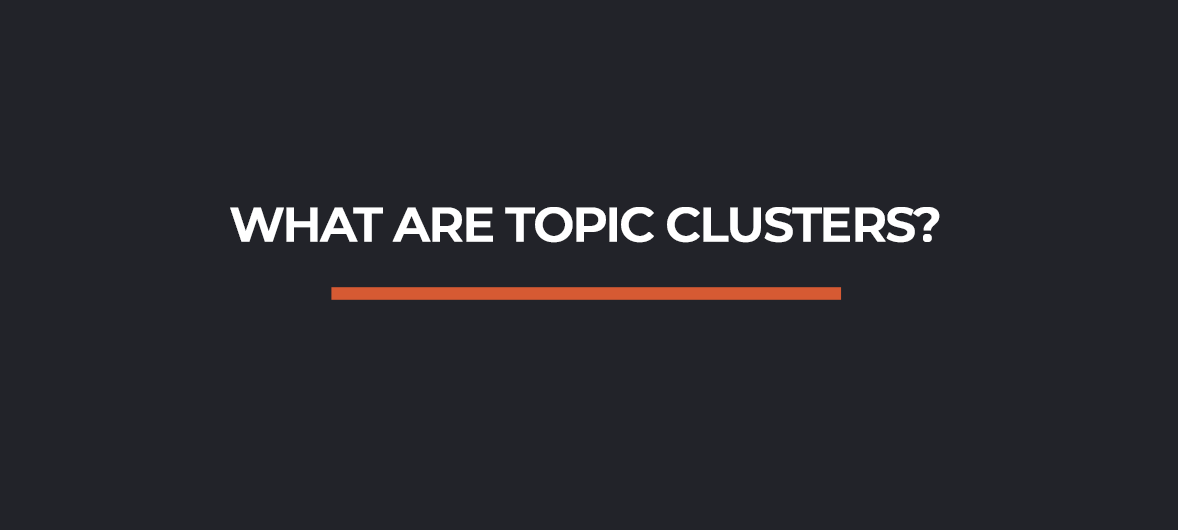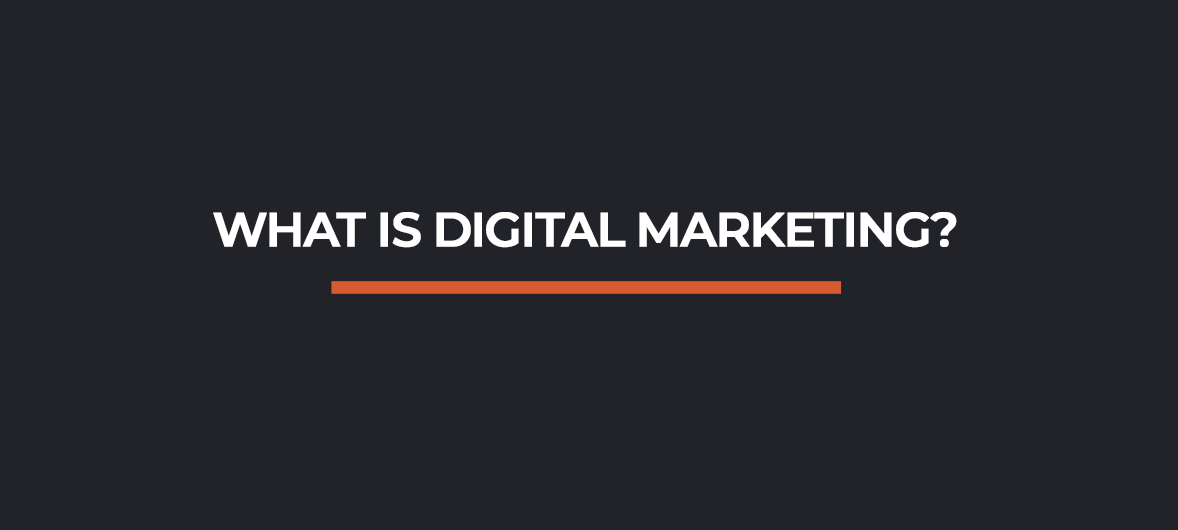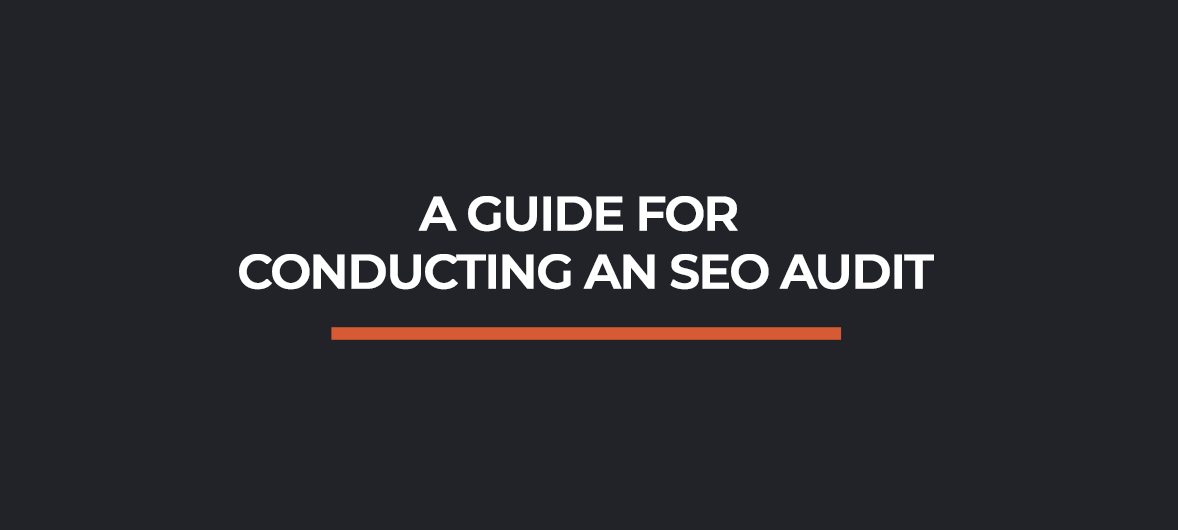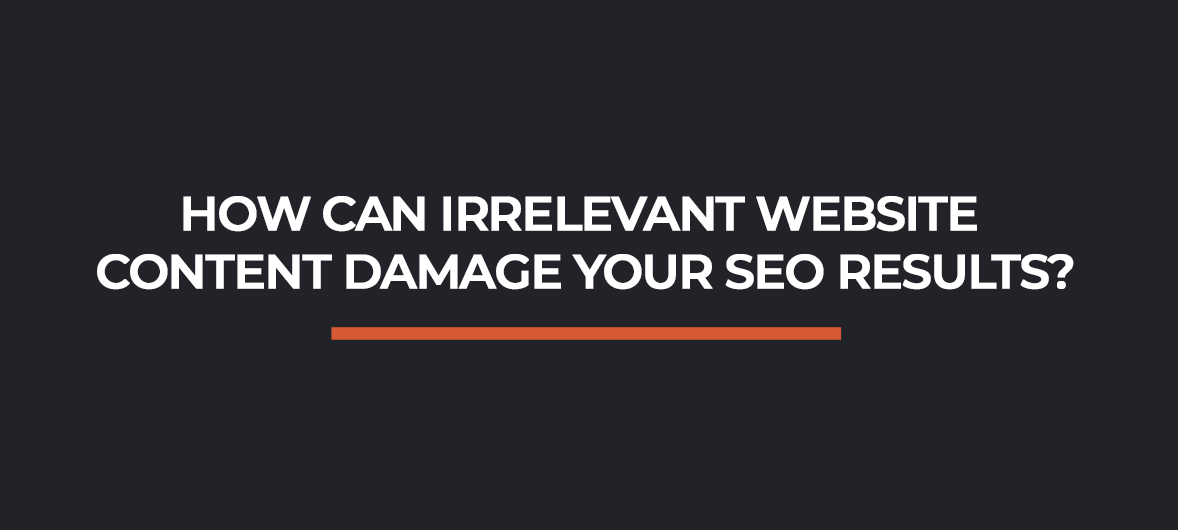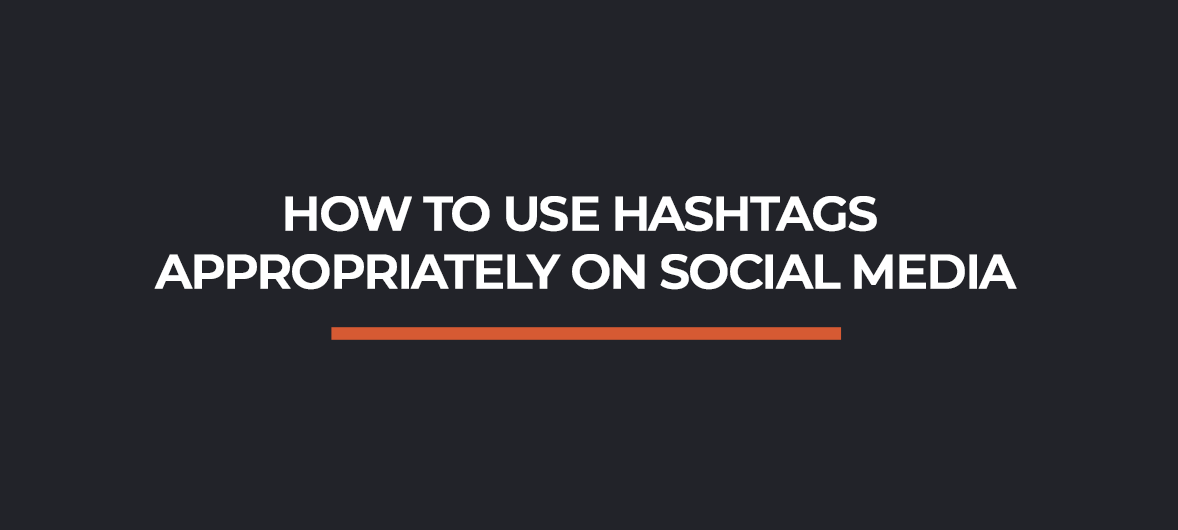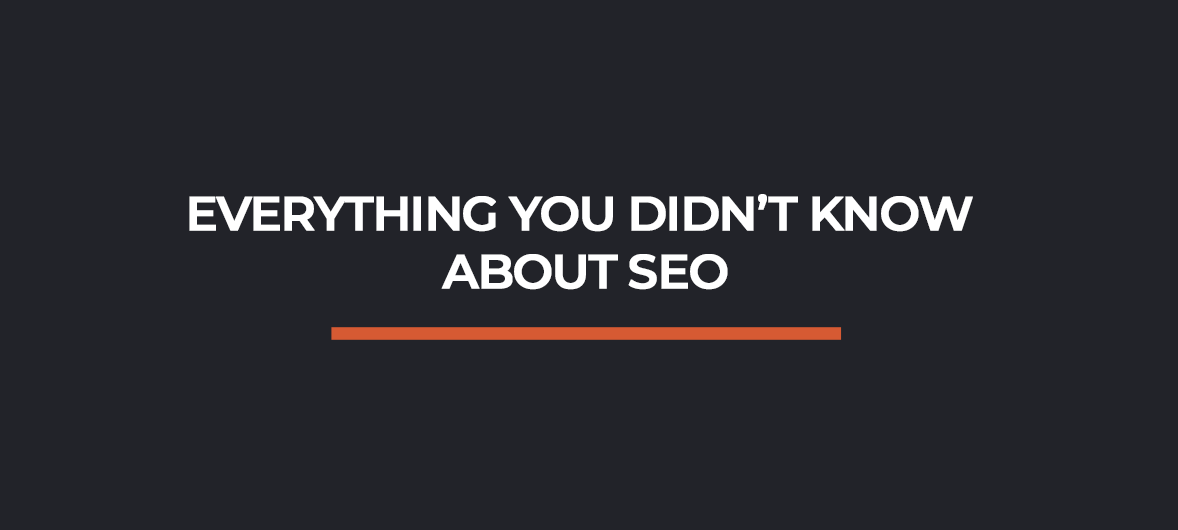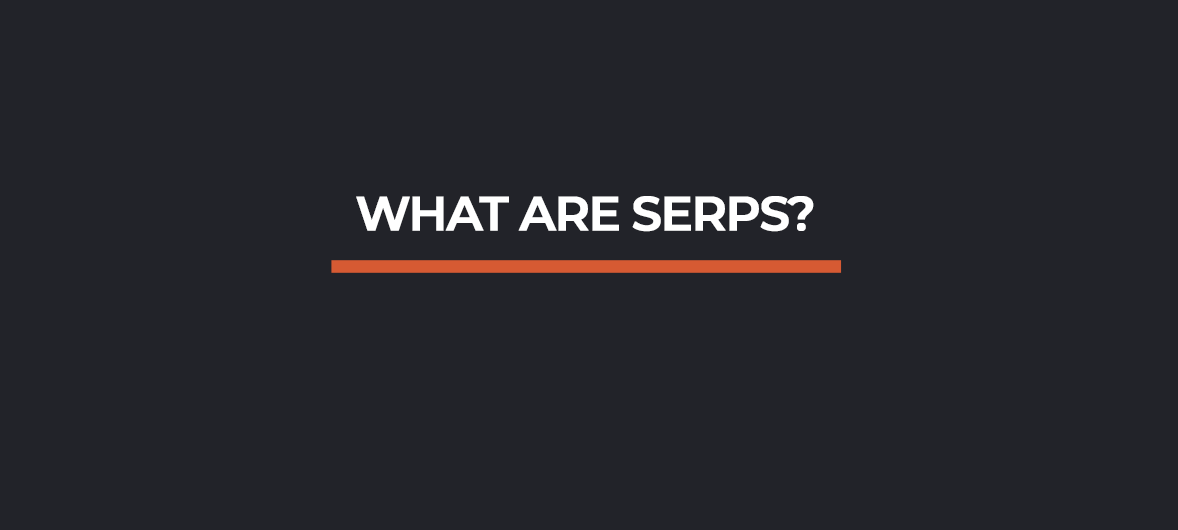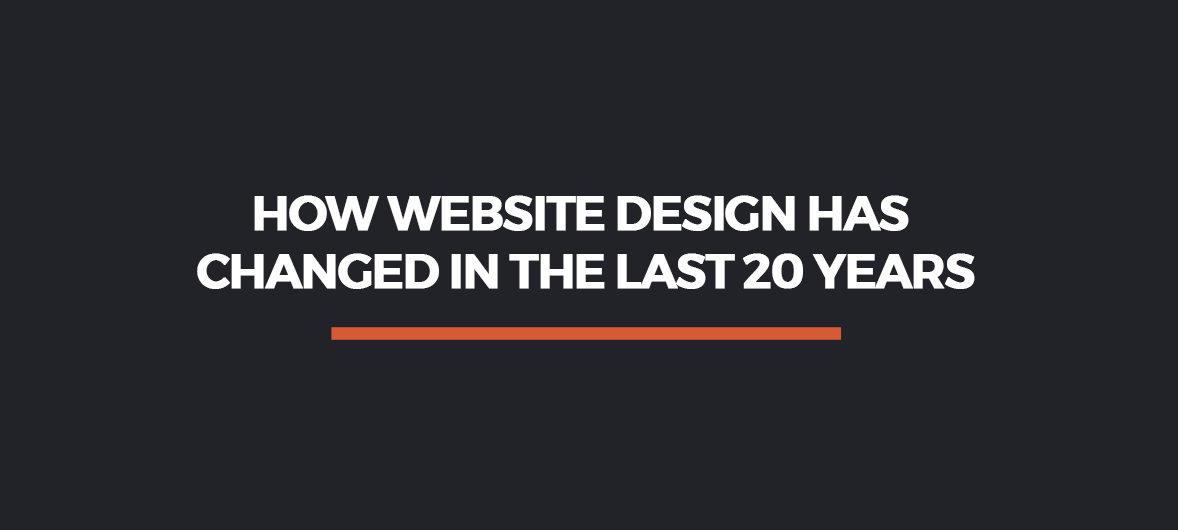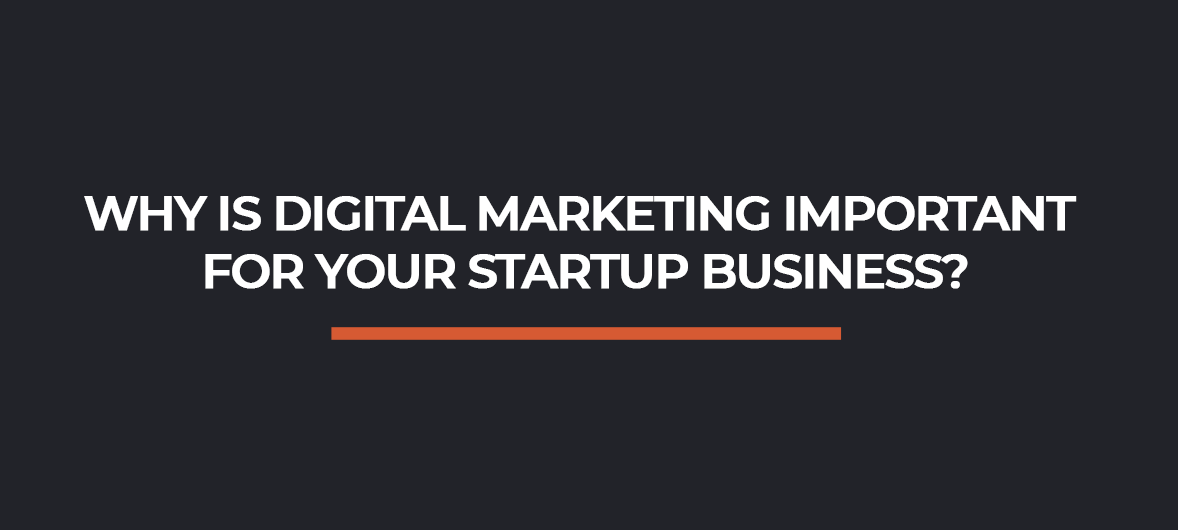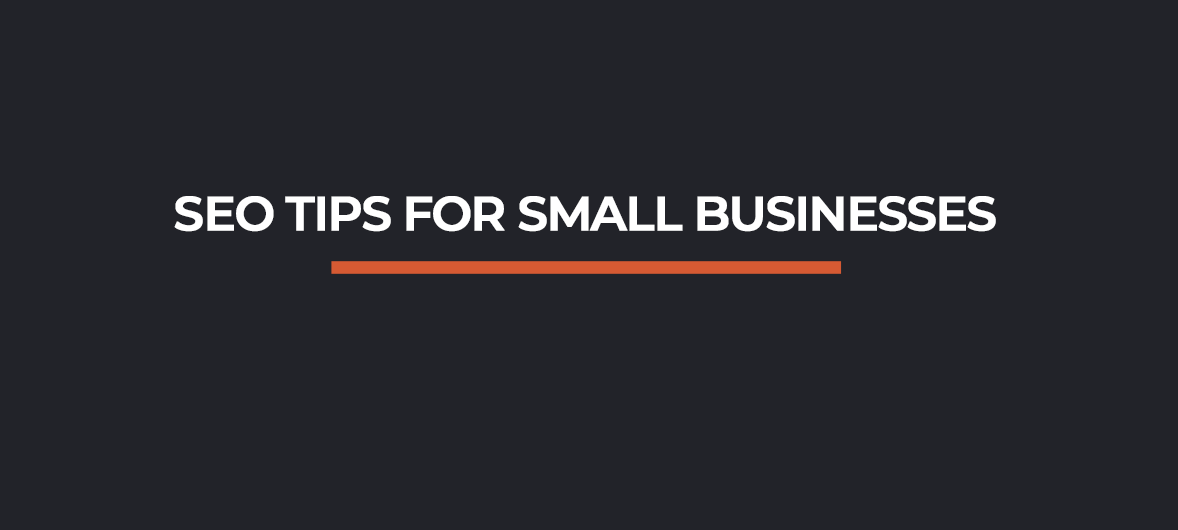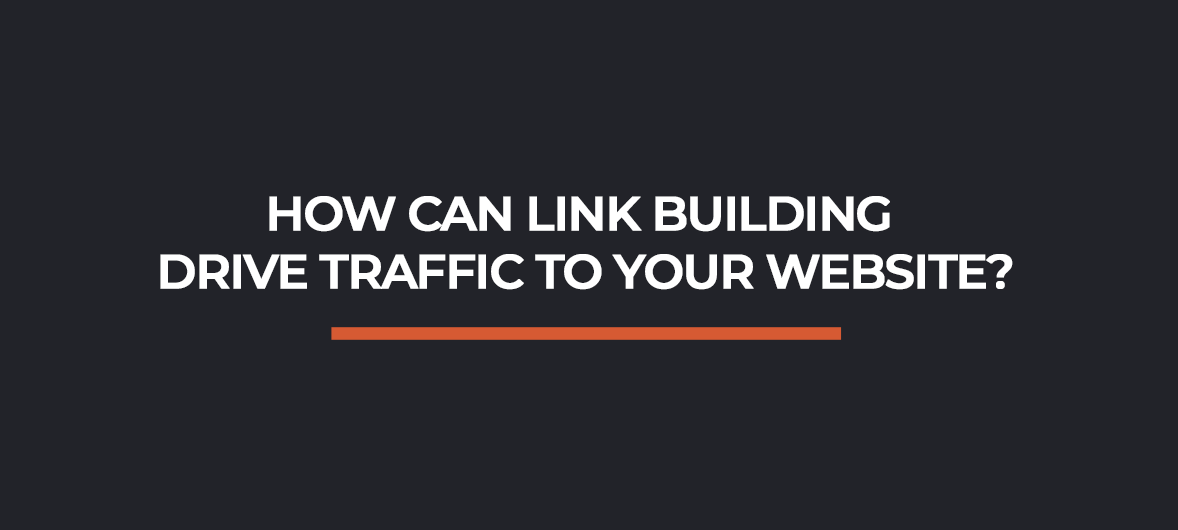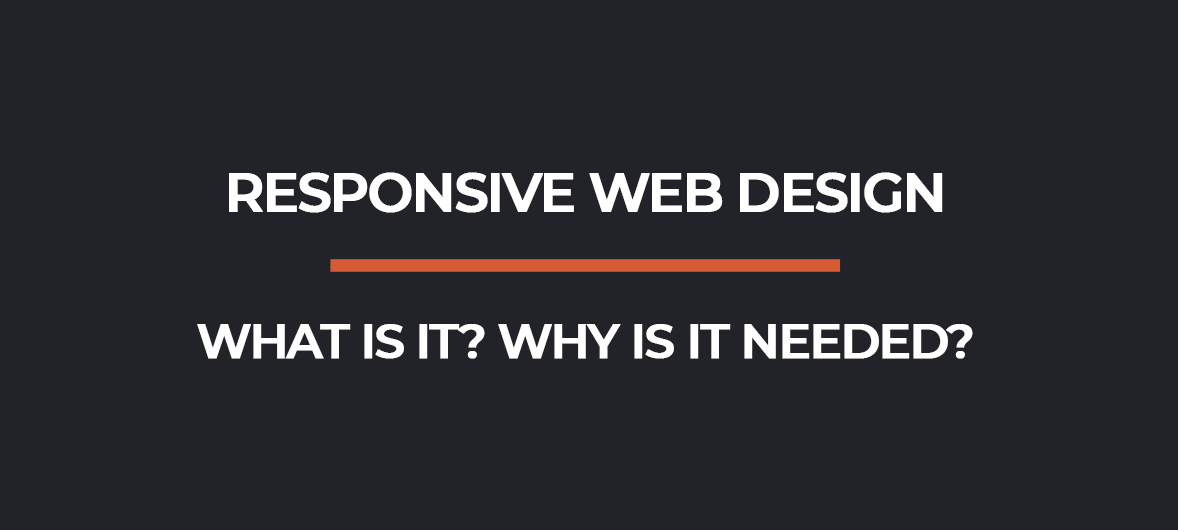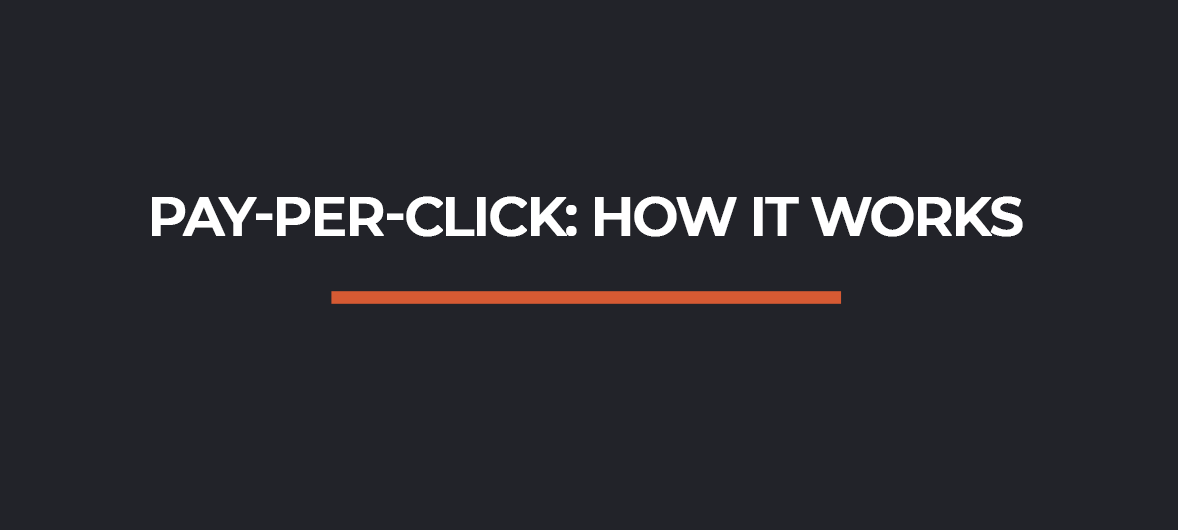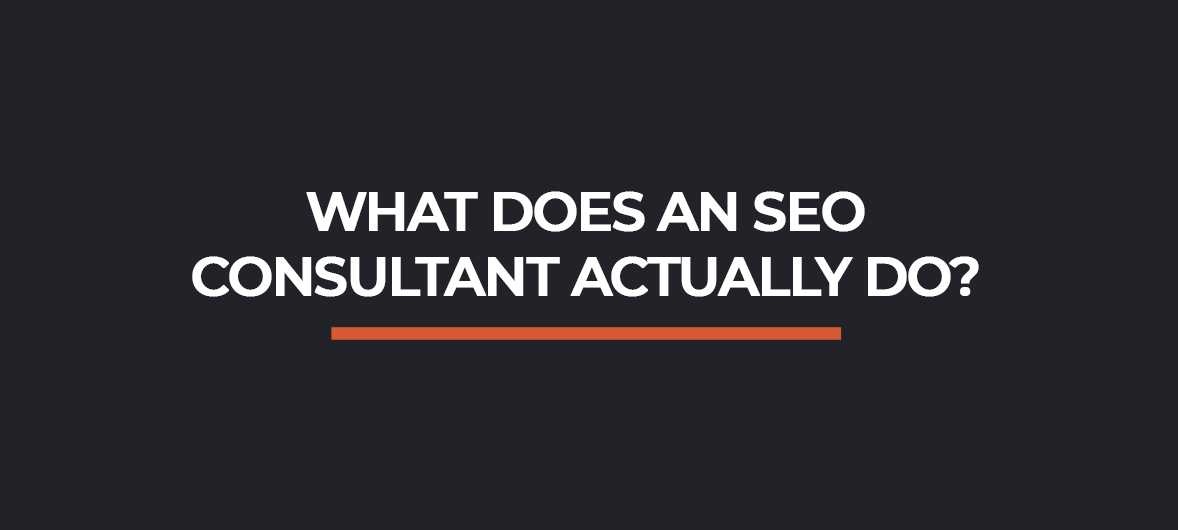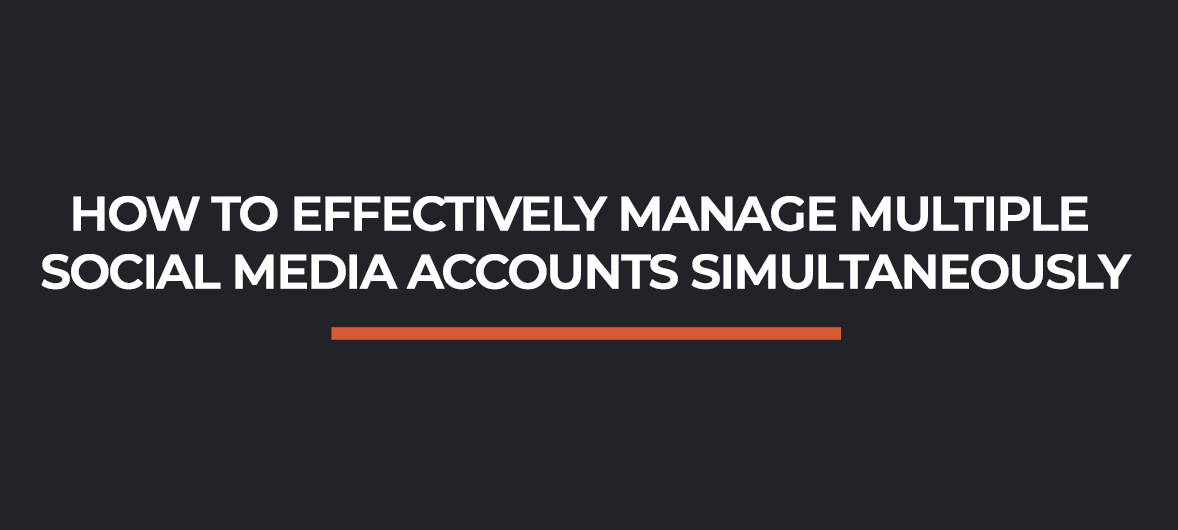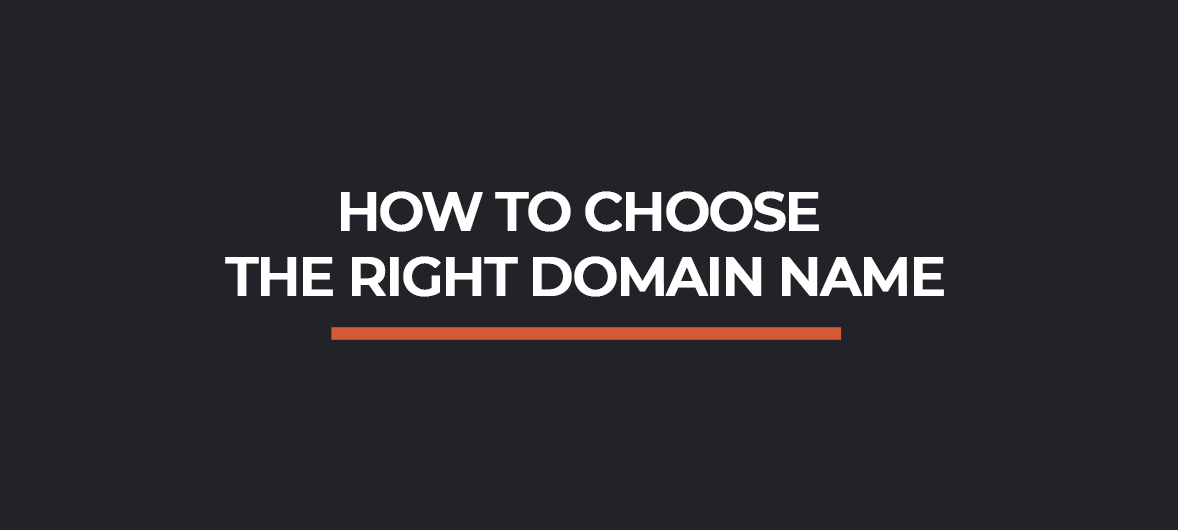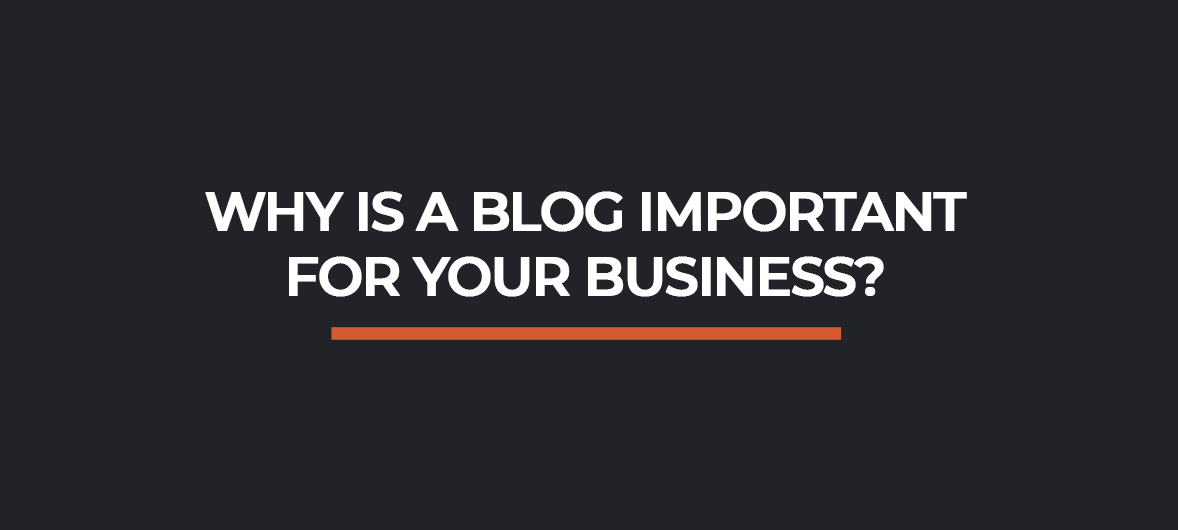Why is it important for your business to use social media?
With the advancements in technology and software, social media has become a lot more complicated to use and get right, especially for SEO purposes. Algorithms and other factors can affect how well an entry performs, engagement wise. The thing with social media is, sometimes, posts can be seen without anyone having an account on the platform.
This means that, often, a business’ Facebook page could rank higher than their website, which isn’t a good thing. Social media should be seen more as an additional tool for a company to use to help get their website higher up in the search engine results pages (SERPs).
Social media is highly-effective as specific, targeted audiences can be aimed at. If someone has made the decision to follow you and you have, for example, 5,000 followers on Instagram, then you’ll be reaching 5,000 relevant individuals who either have a view to purchase from you or have done already and would do again. This boosts relevant traffic which, in itself, drives leads and sales.
Social media is also great for producing organic traffic with the help of hashtags. Hashtags, when used in social media posts, can be searched for by anyone who’s looking for a specific thing.
For example, let’s say you work in the blinds business and you’re wanting to promote and sell your new range of Roman blinds, then you could put a photo of them on instagram with the hashtag; ‘#romanblinds’ and everyone looking for Roman blinds will, eventually, come across your photograph, click on it and then, possibly, make their way over to your website.
Seeing as that individual got to your website of their own accord thanks to a social media post you made, this can be regarded as organic traffic, which is valuable for the growth of any business.
Where the hashtag; ‘#romanblinds’ is extremely generic, it might make it harder for you to gain leads, as absurd as that sounds. If you’re wanting to generate more sales, as a small, local business, then it would be better to create a hashtag that’s a little more specific. So instead of having the hashtag ‘#romanblinds’ you could use the hashtag ‘romanblindsderby’ or ‘#romanblindsinderby’ in order to target a more relevant group of people who are, perhaps, looking for Roman blinds in Derby.
To summarise, social media is perfect for small businesses and companies alike, regardless of the industry you work in, for at least one of the following reasons:
- It increases visibility both generally and locally
- It encourages conversations between yourself and your customers or between the customers themselves
- It enables creative freedom that a website doesn’t allow for
- It promotes products, services, promotions, deals and competitions
- Posts can be easily shared, therefore generating a wider audience
- It helps to boost engagements both on the post itself and, eventually across your website as they search for products and/or services
Which social media platforms does your small business need?
Facebook could be considered a conversational platform. It’s highly-likely that your target audience has an account on Facebook, especially as, according to Datareportal, 2.912 billion people have active Facebook accounts as of January 2022. This makes it first in the running for the world’s most active social media platforms.
You can use Facebook for one or more of the following things:
- Letting customers know when the next sale or promotional offer will become available
- Promoting new products or services
- Pushing popular products or services
- Learning about upcoming events or new launches
- Sharing infographics, videos and blog posts that contains information about industry news or specific company news
- Seasonal opening hours
Sharing something on Facebook should be thought about more in this day and age thanks to new software and algorithms. The frequency at which things should be shared on Facebook is also considered somewhat of an art as you don’t want to be seen as spamming your audience.
Over-posting could lead to you losing followers and trust in your brand will be lost. However, if you post too infrequently, then you could risk damaging your engagement metrics. So how often should you share something on Facebook?
- Do not post something to Facebook more than twice a day
- Make sure you’re posting more frequently than once a week
- One update a day, at the most, should be posted to Facebook
LinkedIn, according to Britannica, has been established since 2002. This makes LinkedIn far older than Facebook, Instagram, YouTube or even Twitter. LinkedIn themselves reported that they have over 800 million members worldwide, so much like Facebook, you’re likely to target at least a few people who might be interested in your products and/or services.
However, unlike Facebook, LinkedIn can be used more as a professional platform as opposed to a conversational one, although it can open up the opportunity to discuss things thanks to comment sections and private messaging.
Although, it should be used more as a way for a small business to connect with other small or start up businesses. It’s essential for network building, especially if you rely on suppliers. Basically, you get the best of both worlds with a LinkedIn account as a business owner. You can post about company news, products and services as well as competitions and offers, whilst still building a relationship with other companies.
What can you post to LinkedIn?
- Articles
- Infographics
- Videos
- Business-related updates
- Offers, sales and promotions
- Events details
- New products or services that become available
- Seasonal opening hours
- Do not post something everyday
- Do not post something once a month
- Post something somewhere between once and three times a week
It used to be a different story for Twitter users before 2017 as there were only a select number of characters to work with, 140 to be exact. There’s not a lot of promotion a company can do with that sort of length. However, in November 2017, Twitter upped the character count from 140 to 280.
This expansion slowly allowed for people to write more, but still be precise about the words they chose to write. However, 280 characters still isn’t a great deal to play with, so what can you post to Twitter that can be beneficial to your company in some way? You could try sharing the following:
- The date a sale starts
- The date an offer starts and ends
- Product promotions
- New products
- Competitions and giveaway information
- Funny thoughts related to the industry
- Videos
- Infographics
- Links to articles
- Images
- Data insights
- Seasonal opening hours
Twitter has a slightly higher posting rate when compared with Facebook and LinkedIn. According to Omnicore, around 500 million Tweets are sent everyday, so you’ll be able to post on Twitter more frequently than you would on Facebook or LinkedIn. With that in mind, you could post to Twitter multiple times in one day and this wouldn’t be considered spam on this particular platform.
The type of content you post on Instagram really just depends on how you choose to share it. You could post it as an image, a Story or even a Reel. Depending on what you’re wanting to post, some entries could take more time to plan than others, so this needs to be taken into consideration.
Instagram helps to boost brand value and visibility on a far larger and, sometimes, easier scale, usually because everything you post on Instagram helps to encapsulate your brand in a way that Facebook, Twitter and LinkedIn can’t. With this in mind, you could use Instagram for a variety of different reasons. You can post and/or utilise one or more of the following things on Instagram:
- Images
- Short videos
- Gifs
- Polls
- Questionnaires
- Countdowns
- Text
- Links
- Tags or mentions to other people or companies
- Pin a location
YouTube
YouTube is slightly different from the other social media platforms, mainly because it takes a great amount of extra planning and editing before something can be posted online. YouTube is used for posting video content as opposed to plain images or reams of text, like Facebook or Instagram.
However, depending on the industry you work in, YouTube can be extremely beneficial for small businesses. You’ll be able to create, post and promote videos on this platform and then share them on one or more of the other social media accounts you have, such as Facebook or Twitter. You could post videos about one or more of the following things:
- ‘How to’ videos
- DIY videos
- Informational videos
- Videos featuring guides and hints and tips
- Videos promoting new products or services
Conclusion
Andy Morley has a specialist team of marketing specialists on hand who are able to perform a number of services, including content creation, paid advertising services, planning and executing SEO strategies, website development and more. For further information about how Andy Morley and his team can help you today, get in touch with a member of their expert team – they’re always happy to hear from you.
